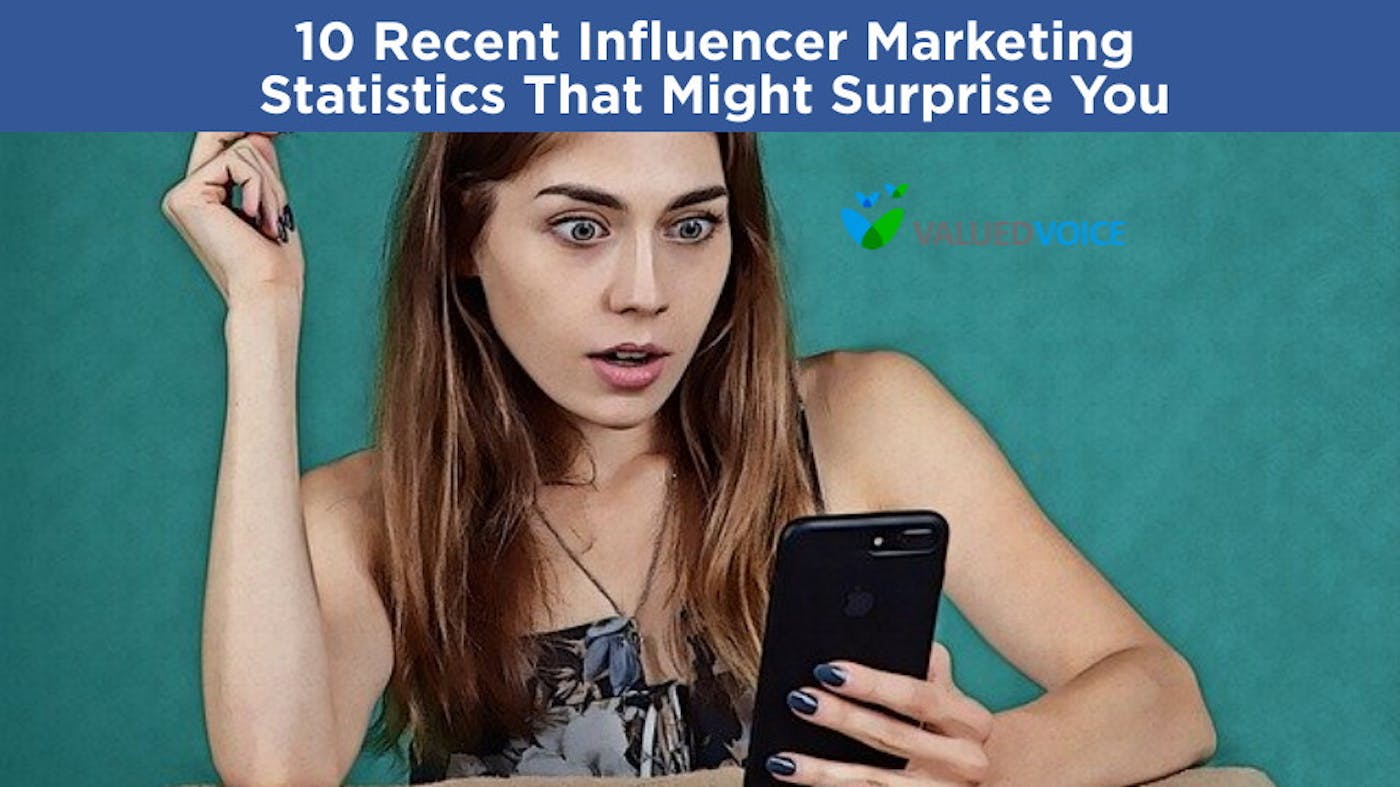The rise in popularity of influencer marketing has been staggering. The industry is expected to exceed $6.5 billion by the end of 2019, according to a benchmark study by Influencer Marketing Hub.
Below are ten timely influencer marketing statistics you may not have expected.
1. Millennials Buying Decisions
70% of millennials make buying decisions based upon what their peers say. The millennial generation has swelled to about 73 million, surpassing the Baby Boomers.
They are a large part of the consumer public, and they respond well to social media influencers.
2. Who Millennials Trust
30% of millennials trust non-celebrities more than well-known personalities. Influencer marketing stats show that consumers tend to trust non-celebrity bloggers because they see them as peers to whom they can relate.
3. Micro-Influencers
Micro-influencers have an engagement rate seven times higher than influencers with larger followings.
One of the most successful influencer groups is that of the micro-influencers. These individuals have between 5,000 and 25,000 followers.
They believe in the products they promote. Their target audiences are also passionate, and their posts have a high engagement rate.
4. Men Vs Women
YouTube influencers are more effective for men than for women. A study shows that 22.8% of men make buying decisions based on YouTube influencers.
Only 13.9% of women-based purchases on YouTube recommendations. Marketers must choose the best social media platform for their target audiences.
5. Effect of Influencer Marketing on Women
86% of women turn to social media for advice before buying. YouTube is more influential with males. However, a whopping 86% of women look to at least one social media platform, especially Facebook and Instagram, for advice before they make purchasing decisions.
6. Influencer Marketing Budgets
Of 800 marketing agencies and companies surveyed, at least half intend to increase their budgets for influencer marketing.
Businesses plan to expand budgets for influencer marketing by giving influencer-based digital campaigns at least 20% of their total marketing dollars.
Some companies believe in the power of influencers so much they are planning to provide this marketing specialty as much as 40% of the total budget, and even half in a few cases.
They see influencer campaigns as one of the most effective marketing channels available.
7. Earned Media Value
78% of marketers believe Earned Media Value from influencers is a good way to measure ROI. Many marketers think the Earned Media Value (EMV) they get from influencer marketing strategies is a good way to determine the ROI of influencer campaigns.
Earned Media Value is a tally for how much marketers would spend on an advertising campaign as compared to influencers.
8. Favorite Channels
A majority of influencers favor Instagram over other social media channels. Instagram influencer marketing has skyrocketed. This channel is fast becoming the favorite of both influencers and marketers.
About 78% of influencers post regularly on Instagram. 73% share their messages through Instagram Stories.
Instagram is easy to use, and its emphasis on visuals appeals to a large consumer population.
9. Influencer Fraud
A large number of marketers have had to deal with influencer fraud. In a survey of 800 marketing agencies and companies, about 2/3 of them have experienced some sort of influencer fraud.
Fake influencers do everything from buy followers and engagement statistics to use stock photographs and images of models they post as themselves.
Stricter digital tools are rolling out to reveal and hamper these fraudsters.
10. Animal Influencers
Animal influencers have millions of followers across social media. Successful influencers are not just human.
Ten top animal celebrities, including Grumpy Cat, Lil Bub, Tuna, Nala Cat, and Doug The Pug have vast numbers of followers across numerous social media networks.
Many pet owners engage with celebrity animal influencers regularly. Animal celebrities effectively tout everything from animal food to causes.
For example, Lil Bub champions animals with special needs—with some help from her human.
The popularity of influencers in business marketing has snowballed. Large numbers of consumers trust them and turn to them for advice, whether about vitamins or car repair.
If you aren’t currently running an influencer marketing campaign, it’s better late than never. A good place to start is to reach out to influencers in your niche and show them your product or service.
With the popularity of influencer marketing only expected to rise, patterns are emerging that tell us a lot about consumer habits, digital technology, and modern society in general.
